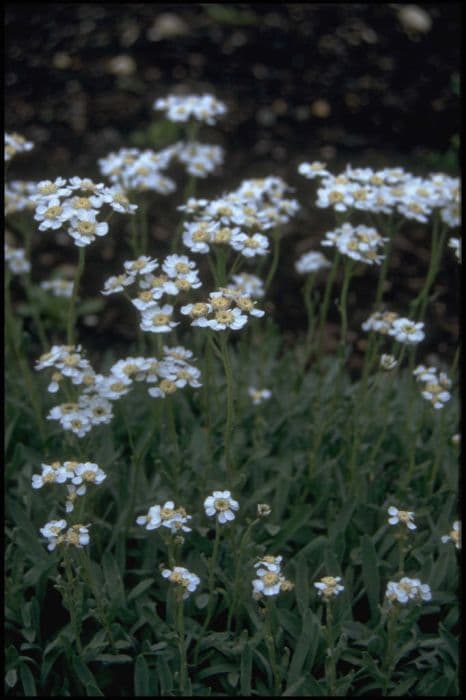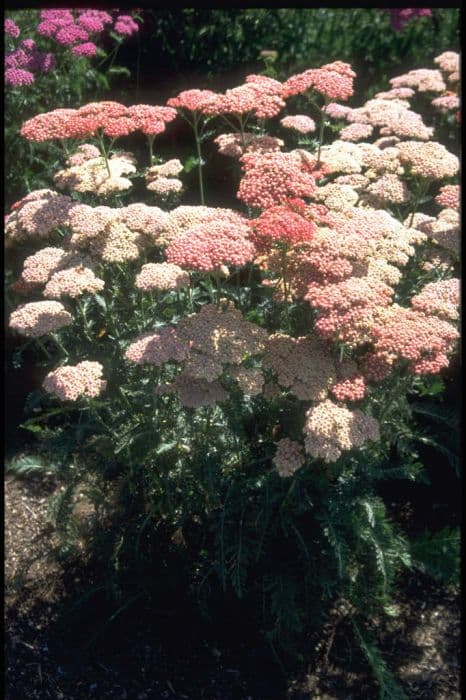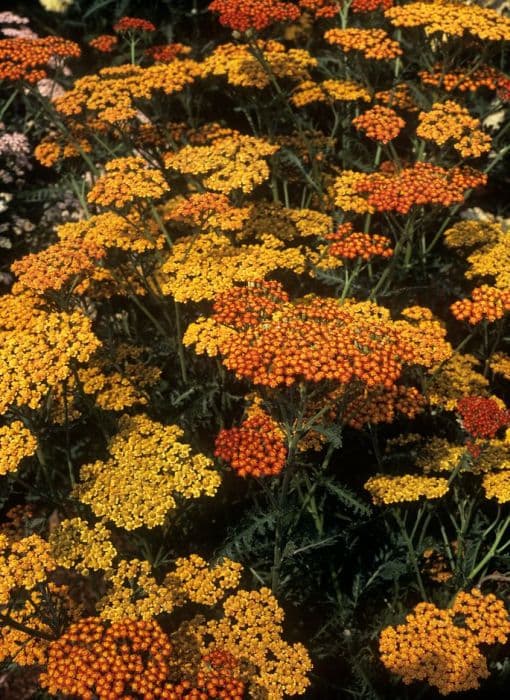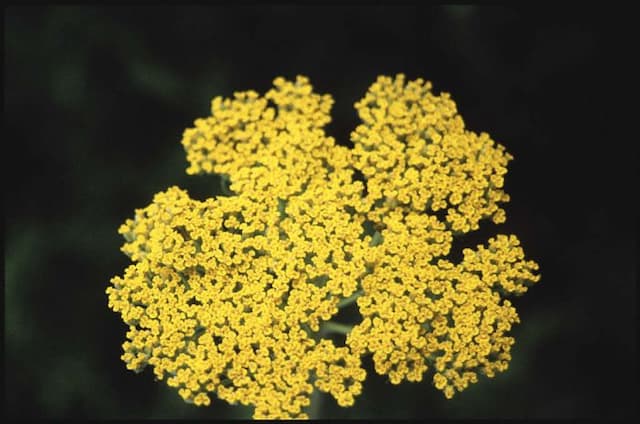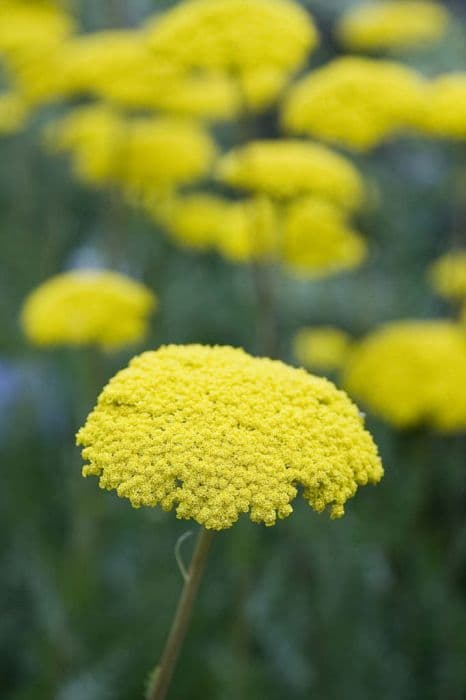Fleabane Pulicaria dysenterica






ABOUT
The common name of Pulicaria dysenterica is 'Fleabane'. This plant has a robust and erect appearance with stems that branch out, giving it a bushy look. The stems are ribbed and often reddish at the base. Leaves are oblong-lanceolate with rough edges, looking wrinkled and green, clasping directly at the stem without a distinct stalk. Fleabane boasts bright yellow flower heads that resemble daisies, with numerous small central disc florets surrounded by larger ray florets. The blooming period is usually in late summer to autumn, during which the plant is densely covered in these cheerful flowers, making it quite attractive. The overall texture of the plant is somewhat hairy, contributing to a slightly coarse appearance to the touch. This hairiness is part of the plant's strategy to deter pests. The foliage may release a faint aroma when touched, which is not particularly noted for being pleasant or strong.
About this plant
 Names
NamesFamily
Asteraceae.
Synonyms
Common Fleabane, Fleawort, Meadow False Fleabane.
Common names
Inula dysenterica, Pulicaria vulgaris, Aster dysentericus, Pulicaria dysenterica subsp. erigeronifolia, Pulicaria prostrata, Pulicaria uliginosa.
 Toxicity
ToxicityTo humans
Common fleabane (Pulicaria dysenterica) is not widely recognized for strong toxicity to humans. However, some individuals might experience adverse reactions if they are particularly sensitive or allergic to this plant or its family Asteraceae. Common symptoms of plant allergies might include skin irritation, itching, or mild gastrointestinal distress if ingested. Always use caution and consult with a healthcare provider if unusual symptoms occur after contact with or ingestion of any plant material.
To pets
Common fleabane (Pulicaria dysenterica) is not commonly known to be toxic to pets. However, as with humans, individual animals may have sensitivity or allergies to this plant or related species in the Asteraceae family. If a pet ingests part of the plant, they might experience mild gastrointestinal upset, such as vomiting or diarrhea. It is always best to monitor your pet for any signs of discomfort after ingestion of plant material and consult with a veterinarian if any worrying symptoms arise.
 Characteristics
CharacteristicsLife cycle
Perennials
Foliage type
Deciduous
Color of leaves
Green
Flower color
Yellow
Height
1-2 feet (30-60 cm)
Spread
1-2 feet (30-60 cm)
Plant type
Herb
Hardiness zones
5
Native area
Europe
Benefits
 General Benefits
General Benefits- Erosion control - The extensive root system of the common fleabane (Pulicaria dysenterica) helps stabilize soil and prevent erosion.
- Habitat for wildlife - It provides food and shelter for various insects, including butterflies and bees.
- Aesthetic appeal - With its bright yellow flowers, common fleabane can add color and visual interest to natural landscapes and garden settings.
- Pollinator support - It serves as a nectar source for pollinators, thus contributing to the health of local ecosystems.
- Biodiversity - As part of diverse plant communities, common fleabane contributes to overall biodiversity, which is crucial for ecosystem resilience.
 Medical Properties
Medical Properties- Antidiarrheal: Pulicaria dysenterica has been traditionally used to treat diarrhea.
- Antimicrobial: The plant possesses antimicrobial properties against certain pathogens.
- Anti-inflammatory: It has been used to reduce inflammation.
- Gastrointestinal aid: The plant has been used to help with digestive issues.
 Air-purifying Qualities
Air-purifying QualitiesThis plant is not specifically known for air purifying qualities.
 Other Uses
Other Uses- Flea Repellent: The common name 'fleabane' suggests it was historically used to deter fleas and other insects due to its pungent smell.
- Dye Production: Fleabane can be utilized as a source of yellow dye for coloring fabrics and textiles.
- Fish Poison: Certain compounds within fleabane have been used by some cultures to stupefy fish, making them easier to catch.
- Livestock Bedding: The dried plant may be used as bedding for animals due to its insect-repellent properties.
- Companion Planting: Growers sometimes plant fleabane near gardens or crops to take advantage of its ability to repel certain pests naturally.
- Soil Indicator: Fleabane can be an indicator of certain soil conditions, such as heavy metal contamination, due to its ability to grow in such environments.
- Bioremediation: The plant has potential use in bioremediation efforts to clean up soils contaminated with certain chemicals or heavy metals.
- Natural Fertilizer: When decomposed, fleabane can contribute to soil health by acting as a green manure or compost material.
- Erosion Control: Planting fleabane can help stabilize soil and prevent erosion due to its network of roots.
- Traditional Crafts: The stalks of fleabane may be used in the creation of traditional rural crafts, such as rough weaving or basketry.
Interesting Facts
 Feng Shui
Feng ShuiThe common fleabane is not used in Feng Shui practice.
 Zodiac Sign Compitability
Zodiac Sign CompitabilityThe common fleabane is not used in astrology practice.
 Plant Symbolism
Plant Symbolism- Healing Properties: In the past, Pulicaria dysenterica, commonly known as common fleabane, was thought to have medicinal value, particularly in treating dysentery, thus its botanical name. The plant's association with healing harkens back to traditional uses in herbal medicine.
- Protection: Common fleabane was also believed to ward off fleas and other insects, symbolizing protection from harm and irritation.
- Resilience: Thriving in various conditions, from damp meadows to roadsides, common fleabane represents adaptability and the ability to endure challenging environments.
- Overcoming Challenges: Due to its historical use as a treatment for dysentery, a serious illness, it may symbolize the overcoming of obstacles or the triumph over adversity.
 Water
WaterCommon Fleabane, or Pulicaria dysenterica, prefers consistently moist soil but not waterlogged conditions. It should be watered thoroughly when the top inch of soil feels dry to the touch, which may mean watering approximately once a week during active growth in warmer seasons. Depending on the plant size and environmental factors such as heat and humidity, this could be equivalent to around 1-2 gallons of water each time. In colder months or during dormancy, reduce watering frequency to prevent root rot. Always use a watering can or hose to water directly at the base of the plant, avoiding wetting the foliage to reduce the risk of disease.
 Light
LightCommon Fleabane thrives in full sun to partial shade. The best spot for this plant would be an area that receives at least 4-6 hours of direct sunlight per day but is also protected from the harsh afternoon sun in extremely hot climates. If grown indoors, a south-facing or east-facing window would be ideal to ensure it receives sufficient light.
 Temperature
TemperatureCommon Fleabane is hardy and adapts to a range of temperatures, but it flourishes in a temperate range. The ideal temperature for Common Fleabane is between 50°F and 75°F. It can withstand a minimum temperature down to about 25°F and a maximum temperature up to around 90°F without adverse effects. Always keep the plant away from frost and extreme heat, as these conditions can damage the foliage and roots.
 Pruning
PruningPruning Common Fleabane helps to promote bushier growth and prevent the plant from becoming leggy. It is best pruned in late winter or early spring before new growth begins. During the growing season, pinch back the tips of the stems to encourage branching and remove any dead or damaged stems as needed. Pruning is usually done annually or biannually, depending on the plant's overall health and appearance.
 Cleaning
CleaningAs needed
 Soil
SoilCommon Fleabane (Pulicaria dysenterica) thrives in moist, well-draining soil with a neutral to slightly acidic pH of 6.5 to 7. The best soil mix can be composed of garden soil, compost, and peat to increase water retention while ensuring drainage.
 Repotting
RepottingCommon Fleabane does not typically need frequent repotting; it can be repotted every two to three years or when it outgrows its current pot. Check root growth in the spring and repot if necessary.
 Humidity & Misting
Humidity & MistingCommon Fleabane prefers moderate to high humidity levels but is quite adaptable and can tolerate a range of humidity conditions typical of outdoor environments.
 Suitable locations
Suitable locationsIndoor
Place Common Fleabane in bright indirect light indoors.
Outdoor
Plant in partial shade, moist soil outdoor.
Hardiness zone
5-9 USDA
 Life cycle
Life cyclePulicaria dysenterica, commonly known as Common Fleabane, begins its life cycle when seeds germinate in early spring. Seedlings develop into rosettes and, given adequate moisture, mature into erect, leafy stems by summer. The plant flowers in late summer, producing numerous daisy-like yellow heads that are attractive to a variety of pollinators. After pollination, the flowers produce small, single-seeded fruits called achenes that are dispersed by wind, water, or animals. Once the seed disperses, it enters a period of dormancy through winter until conditions are favorable again for germination. The plant is a perennial, so it can regrow from its root system each year, while new plants can sprout from the seeds in the following growing season.
 Propogation
PropogationPropogation time
Spring to Summer
Common Fleabane, or Pulicaria dysenterica, can be propagated through seed sowing. The best time to sow Fleabane seeds is in spring, from March to May. To propagate by seeds, first collect seeds from mature plants. Then, scatter the seeds on the surface of a well-draining soil mix in a seed tray and lightly press them into the substrate without covering them, as they need light to germinate. Place the seed tray in a warm location with plenty of indirect sunlight and maintain a consistent moisture level by gently misting with water. Germination usually occurs within two to three weeks. Once seedlings have grown enough to handle, usually after they've developed a couple of true leaves, they can be transplanted into individual pots and eventually moved outdoors after the risk of frost has passed.
